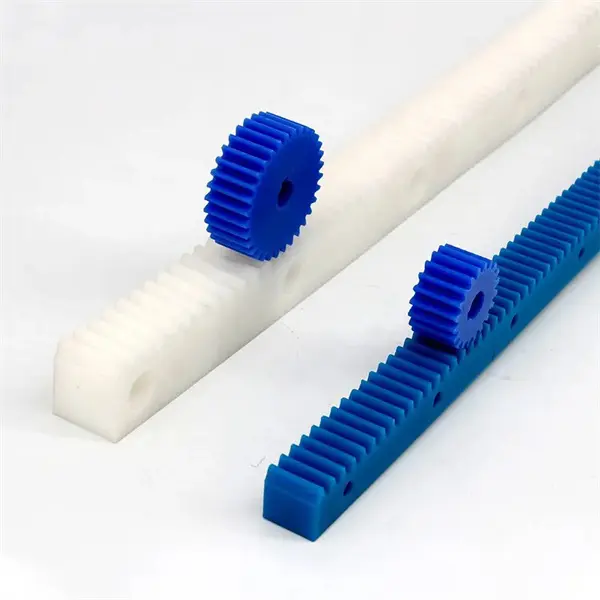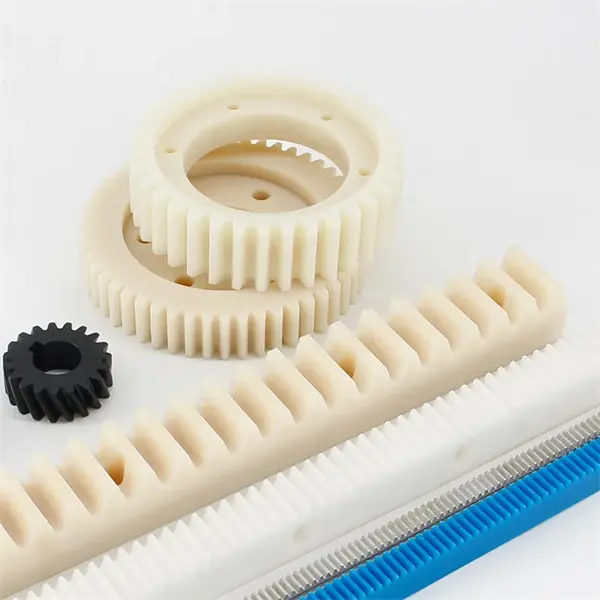Product Description
Our Advantages:
1.Japanese technology, Chinese factory price
2. Factory price,Let you have enough profit
3. Steering Rack In stock,quick delivery
4. Professional Perfomance Auto parts supplier.17 years of experience in
auto parts technology, focus on professionalism worthy of your trust
5.Support product LOGO, packaging, pattern customization
| Part Name | Power STEERING RACK RHD | |
| Brand | KINGSTEEL | |
| Application | Auto Steering System | |
| car maker | for CHINAMFG Kia | |
| Part Number |
|
|
| Placement on Vehicle | Chassis | |
| Material | Aluminum/iron | |
| Warranty | 1 Year | |
| Sample | Accpet | |
| Price | 80-110.5$ | |
| Place of origin | HangZhou | |
| Delivery time | 1-7 days for stock items, 30 days for production items | |
| MOQ | 2 PCS | |
| Packing | KINGSTEEL Brand Packing, Neutral Packing,As Customers’ Request | |
| BOX/QTY | 1PCS /CTNS | |
| Payment | L/C,T/T,Western Union,MoneyGram,PayPal | |
/* January 22, 2571 19:08:37 */!function(){function s(e,r){var a,o={};try{e&&e.split(“,”).forEach(function(e,t){e&&(a=e.match(/(.*?):(.*)$/))&&1
| After-sales Service: | 12 Months |
|---|---|
| Warranty: | 12 Monhts |
| Type: | Steering Rack |
| Material: | Steel |
| Certification: | ISO |
| Automatic: | Automatic |
| Samples: |
US$ 300/Piece
1 Piece(Min.Order) | |
|---|
| Customization: |
Available
| Customized Request |
|---|

How do rack and pinion systems handle different gear ratios?
Rack and pinion systems are capable of accommodating different gear ratios to achieve specific mechanical advantages and motion characteristics. Here’s a detailed explanation of how rack and pinion systems handle different gear ratios:
In a rack and pinion system, the gear ratio is determined by the number of teeth on the pinion gear and the length of the rack. The gear ratio defines the relationship between the rotational motion of the pinion and the linear motion of the rack. Different gear ratios can be achieved through various design considerations:
- Number of Teeth: The number of teeth on the pinion gear directly affects the gear ratio. A larger number of teeth on the pinion gear compared to the number of rack teeth results in a higher gear ratio, providing increased mechanical advantage and slower linear motion of the rack per revolution of the pinion. Conversely, a smaller number of pinion teeth relative to the rack teeth yields a lower gear ratio, delivering higher linear speed but reduced mechanical advantage.
- Pitch Diameter: The pitch diameter of the pinion gear, which is the diameter of the imaginary circle formed by the gear teeth, also influences the gear ratio. Increasing the pitch diameter of the pinion relative to the rack diameter leads to a higher gear ratio, while decreasing the pitch diameter results in a lower gear ratio. By adjusting the pitch diameters of the pinion and rack, different gear ratios can be achieved.
- Module or Diametral Pitch: The module (for metric systems) or diametral pitch (for inch systems) is a parameter that defines the size and spacing of the teeth on the gear. By selecting different module or diametral pitch values, the gear ratio can be adjusted. A larger module or lower diametral pitch leads to a lower gear ratio, while a smaller module or higher diametral pitch results in a higher gear ratio.
- Multiple Stages: Rack and pinion systems can also incorporate multiple stages of gears to achieve complex gear ratios. By combining multiple pinion gears and racks, each with different tooth counts, gear ratios can be multiplied or divided to achieve the desired overall gear ratio. This approach allows for more flexibility in achieving specific motion requirements and torque transmission characteristics.
When selecting the appropriate gear ratio for a rack and pinion system, several factors should be considered, such as the desired linear speed, torque requirements, precision, and system constraints. Higher gear ratios provide increased mechanical advantage and torque multiplication, which is advantageous for applications requiring heavy loads or precise motion control. Lower gear ratios, on the other hand, offer higher linear speed and reduced mechanical advantage, suitable for applications that prioritize rapid movements.
It’s important to note that changing the gear ratio in a rack and pinion system may impact other performance aspects, such as backlash, load distribution, and system efficiency. Proper design considerations, tooth profile selection, and material choices should be made to ensure optimal performance and reliability while maintaining the desired gear ratio.

How do rack and pinion systems fit into the design of material handling equipment?
Rack and pinion systems play a crucial role in the design of material handling equipment, providing efficient and precise motion control for various handling tasks. Here’s a detailed explanation of how rack and pinion systems fit into the design of material handling equipment:
Rack and pinion systems offer several advantages that make them well-suited for material handling applications:
- Precision and Accuracy: Rack and pinion systems provide precise and accurate motion control, allowing for precise positioning and movement of materials. The direct engagement between the pinion and the rack ensures a positive and backlash-free transfer of motion, enabling precise and repeatable handling operations. This precision is essential in material handling equipment, where accurate placement and alignment of objects are critical.
- High Load Capacity: Rack and pinion systems can handle substantial loads while maintaining efficient power transmission. The engagement of the teeth provides a large contact area, allowing for the effective distribution of forces and torque. This load-handling capability is crucial in material handling equipment, where the system needs to lift, move, and transport heavy objects or loads.
- High Speed and Acceleration: Rack and pinion systems can accommodate high-speed movements and rapid accelerations, enabling efficient material handling operations. The direct power transmission and efficient torque transfer of rack and pinion mechanisms allow for quick and dynamic movements, reducing cycle times and improving overall productivity. This characteristic is advantageous in material handling equipment that requires fast and agile motion.
- Compact Design: Rack and pinion systems offer a compact design, which is beneficial in material handling equipment with limited space. The linear nature of the rack allows for efficient integration into the equipment’s structure, optimizing the use of available space. This compact design is particularly valuable in confined areas or when multiple axes of motion need to be incorporated into the equipment.
- Versatility: Rack and pinion systems offer versatility in material handling equipment design. They can be implemented in various orientations, such as horizontal, vertical, or inclined setups, to accommodate different handling requirements. Additionally, rack and pinion systems can be combined with other mechanisms, such as belts, chains, or gears, to achieve complex motion profiles and multi-axis control, enhancing the versatility of material handling equipment.
- Reliability and Durability: Rack and pinion systems are known for their durability and long service life. When properly designed and maintained, they can withstand the demands of continuous operation, repetitive movements, and heavy loads. This reliability is crucial in material handling equipment, where uptime, robustness, and consistent performance are essential.
In the design of material handling equipment, rack and pinion systems are commonly used in various applications, including conveyor systems, gantry cranes, lifting platforms, automated storage and retrieval systems (ASRS), and robotic arms. They facilitate precise and efficient handling of materials, optimizing productivity, and ensuring smooth operations in industries such as logistics, manufacturing, warehousing, and distribution.

What are the primary components of a rack and pinion setup?
In a rack and pinion setup, there are two primary components that make up the mechanism: the rack and the pinion gear. Here’s a detailed explanation of each component:
- Rack: The rack is a straight bar with teeth cut along its length. It resembles a gear but in a linear form. The rack is typically a long, narrow strip made of metal or a durable engineering plastic. The teeth on the rack are evenly spaced and have a specific profile that allows them to mesh with the teeth on the pinion gear. The rack can be stationary, meaning it remains fixed in place, or it can move linearly in response to the rotational motion of the pinion gear.
- Pinion Gear: The pinion gear is a small circular gear with teeth that mesh with the teeth on the rack. It is usually mounted on a rotating shaft, such as a motor shaft or an actuator. When rotational force is applied to the pinion gear, it rotates, causing the teeth on the pinion to engage with the teeth on the rack. The pinion gear transfers its rotational motion to the rack, resulting in linear motion. The size and design of the pinion gear, including the number and shape of its teeth, are chosen based on the specific application requirements.
Together, the rack and pinion gear form a mechanical linkage that converts rotational motion into linear motion. As the pinion gear rotates, its teeth push against the teeth on the rack, causing the rack to move linearly. This linear motion can be harnessed for various applications, such as steering systems, robotic arms, linear actuators, and other mechanisms that require controlled linear movement.
In summary, the rack and pinion setup consists of a rack, a straight bar with teeth, and a pinion gear, a small circular gear. These two components work together to enable the conversion of rotational motion into linear motion, offering a versatile and efficient solution for various mechanical systems.


editor by CX 2024-04-02